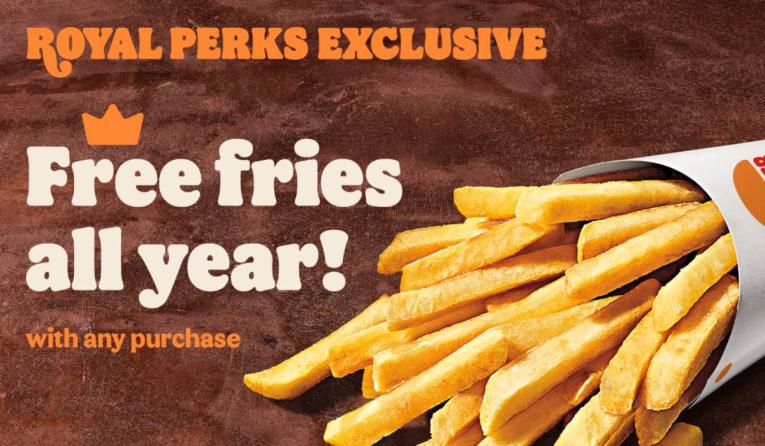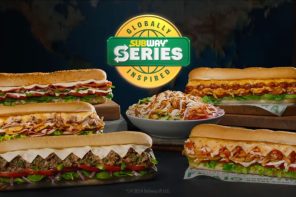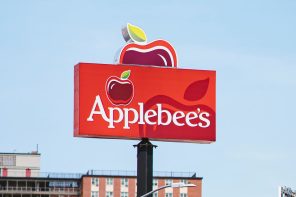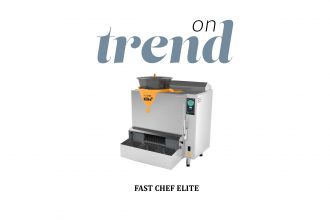While recognising that in recent years the fast-food giant hasn’t met expectations, Restaurant Brands International CEO José Cil knows what Burger King is capable of.
Burger King is the seventh-largest quick-service brand in terms of U.S. sales, according to the QSR 50, down from fifth in 2019. The chain was jumped by Wendy’s, which made a major splash with its new breakfast menu at the start of the pandemic, and Dunkin’, a company now under the guidance of Inspire Brands.
Cil has indicated that change is coming for more than a year now. In August 2021, Burger King announced the promotion of former COO Tom Curtis to president of U.S. and Canada, and a month ago, it named Thibault Roux chief digital officer. Operationally, the company spent the past few months simplifying menu and processes, focusing on core offerings, strengthening its value platform, removing the Whopper from discounting, realigning brand messaging, and growing digital sales.
The turnaround strategy will reach a crucial point in September when U.S. operators gather for their national franchisee convention. Here, Cil and RBI leadership will reveal plans and investments that will “springboard compelling, long-term growth.”
“We think the underlying performance of the business, even in difficult circumstances, is the barometer of why we believe long-term in the ability to drive that BK business from a sales and profitability standpoint,” Cil said during RBI’s Q2 earnings call.
“More to come on that. Excited with the progress we’ve made, but there’s much more to come with the BK business and excited about the team that we’re building and the progress that we’re making with the franchisees.”

Burger King's Frequent Fry'ers promotion proved incremental.
Burger King’s U.S. same-store sales lifted 0.4 percent in Q2, or 13.4 percent on a two-year basis. Both are sequential improvements from Q1, which saw comps drop 0.5 percent year-over-year and increase 6.1 percent on a two-year stack. Positive sales in the second quarter were driven by a net benefit from core offers, the value-based $5 Your Way Meal, and contribution from digital and delivery channels. This was offset by the lapping of stimulus in April and May. The concept once again closed the comparable sales gap between itself and quick-service competitors. Also, product reduction resulted in an improved guest experience without near-term negative impacts to sales.
Cil said Burger King’s digital progress is “steadily advancing,” as it continues to leverage native delivery and its budding loyalty program, Royal Perks. In Q2, the best example was the brand’s Frequent Fry’ers campaign in which loyalty guests were offered free fries every week for the rest of the year. The promotion proved to be incremental. With marketing, the chain is focusing its media on fewer well-tested, high-quality, and high-impact messages. In that same vein, Burger King is working with its new creative agency, O’Keefe Reinhard & Paul, to further engage consumers.
“Collectively, these initiatives are driving guest satisfaction, which has improved sequentially over the last four quarters,” Cil said.
“As a reminder, we have a significant growth opportunity from improving this metric in particular, as we’ve seen a clear positive correlation between guest satisfaction and higher comparable sales.
“Different from what we’ve done in the past, we’re going site by site to determine the best path for each restaurant,” he continued.
“We’re considering remodels versus scrapes and rebuilds versus relocations or offsets. And this is centered on the guest experience, on digital, and also enhancing our throughput—the capacity for us to serve more guests in our restaurants. Ongoing closures is a natural part of this process and a natural part of this business as we look at portfolio optimization.”
Burger King’s international same-store sales grew 18.4 percent in Q2, and it increased unit count 4.9 percent year-over-year to 12,253 locations. Four of the company’s largest markets—France, Spain, Germany, and Brazil—experienced double-digit comps and collectively contributed $1.2 billion to systemwide sales. Guests in France, Germany, U.K, and Italy consider Burger King their top quick-service preference.






